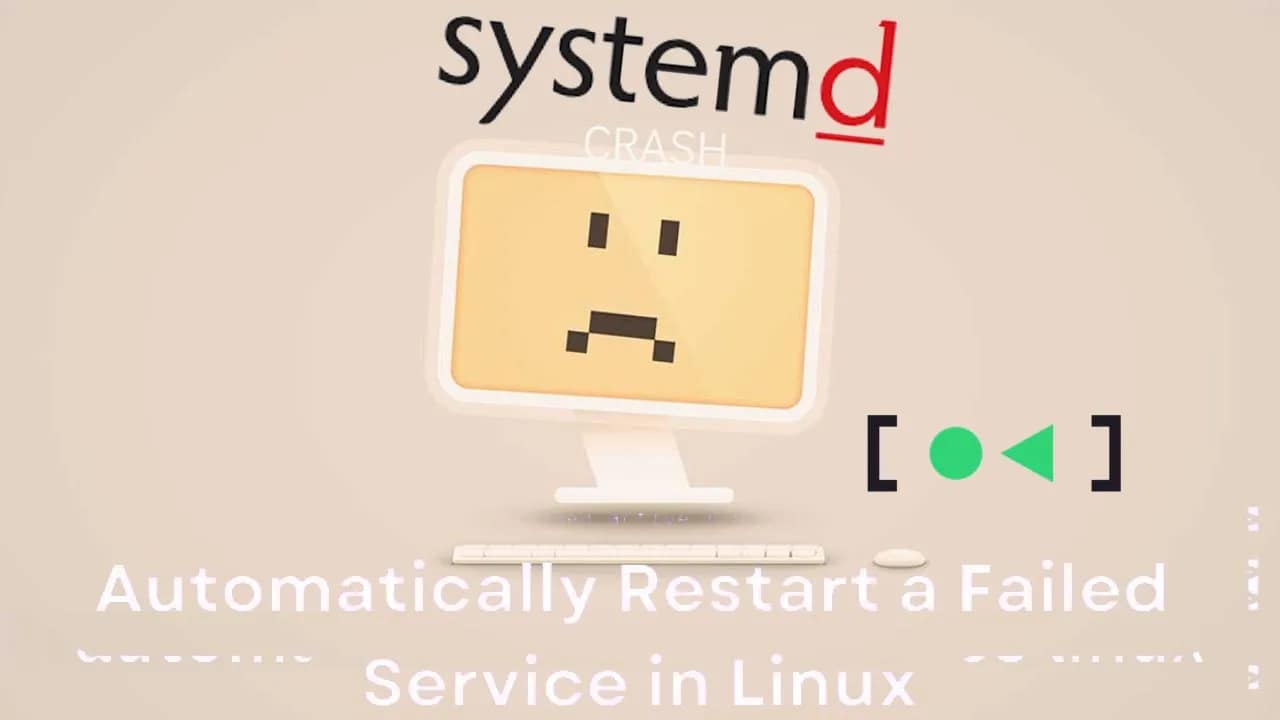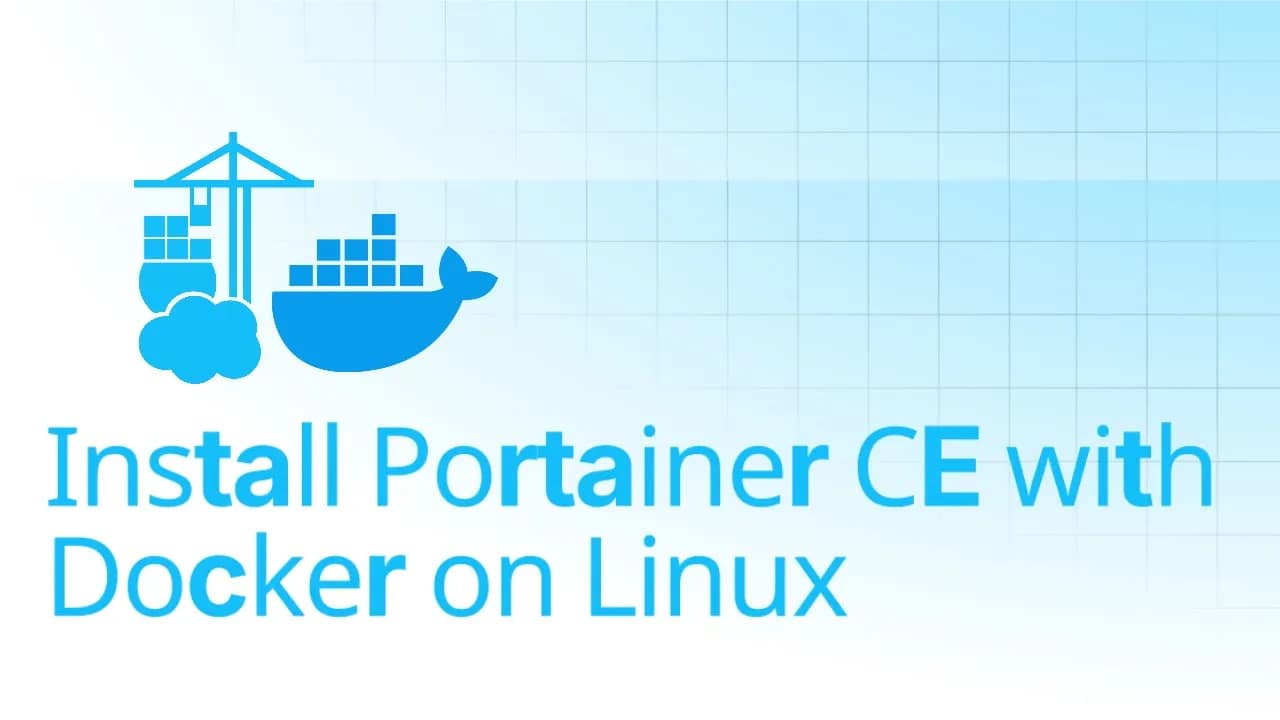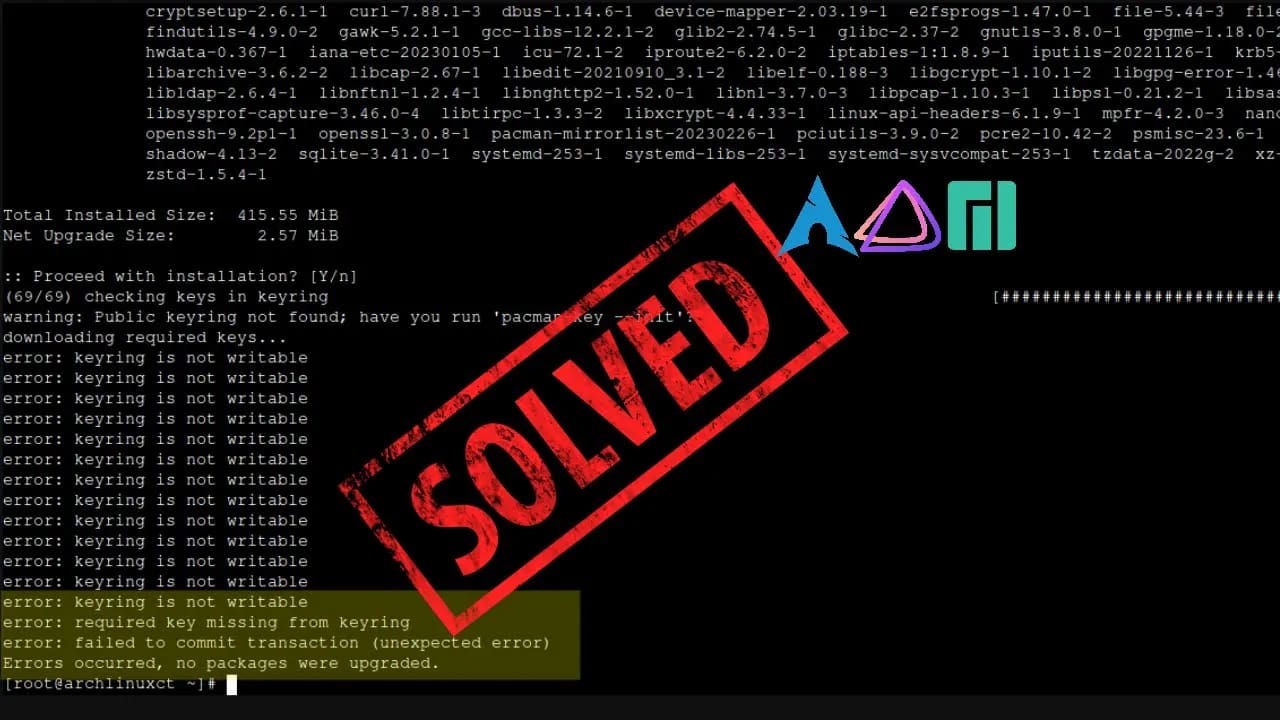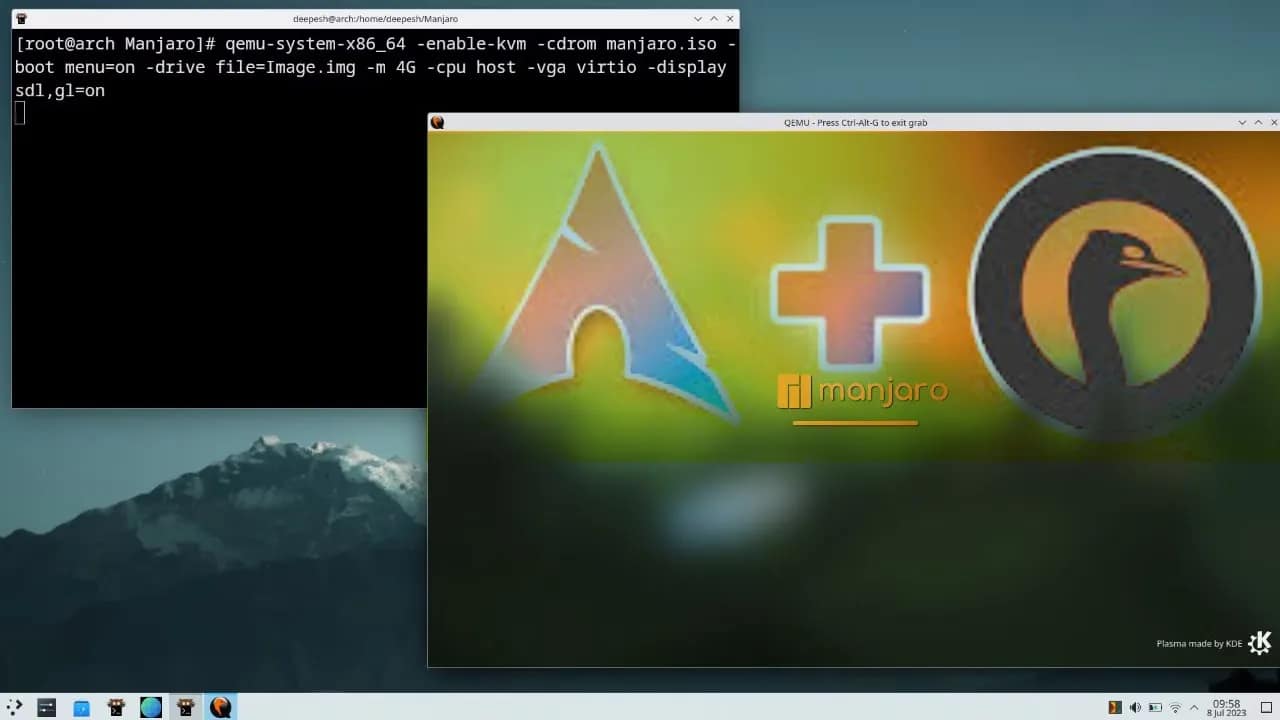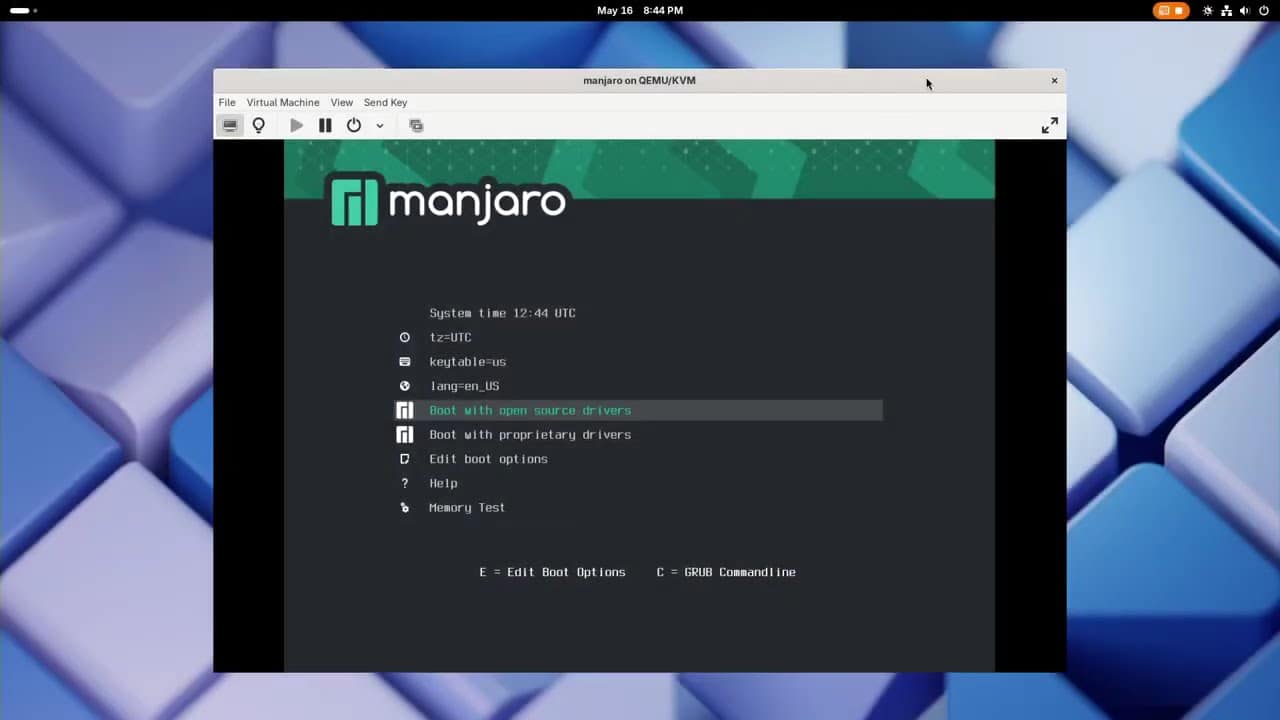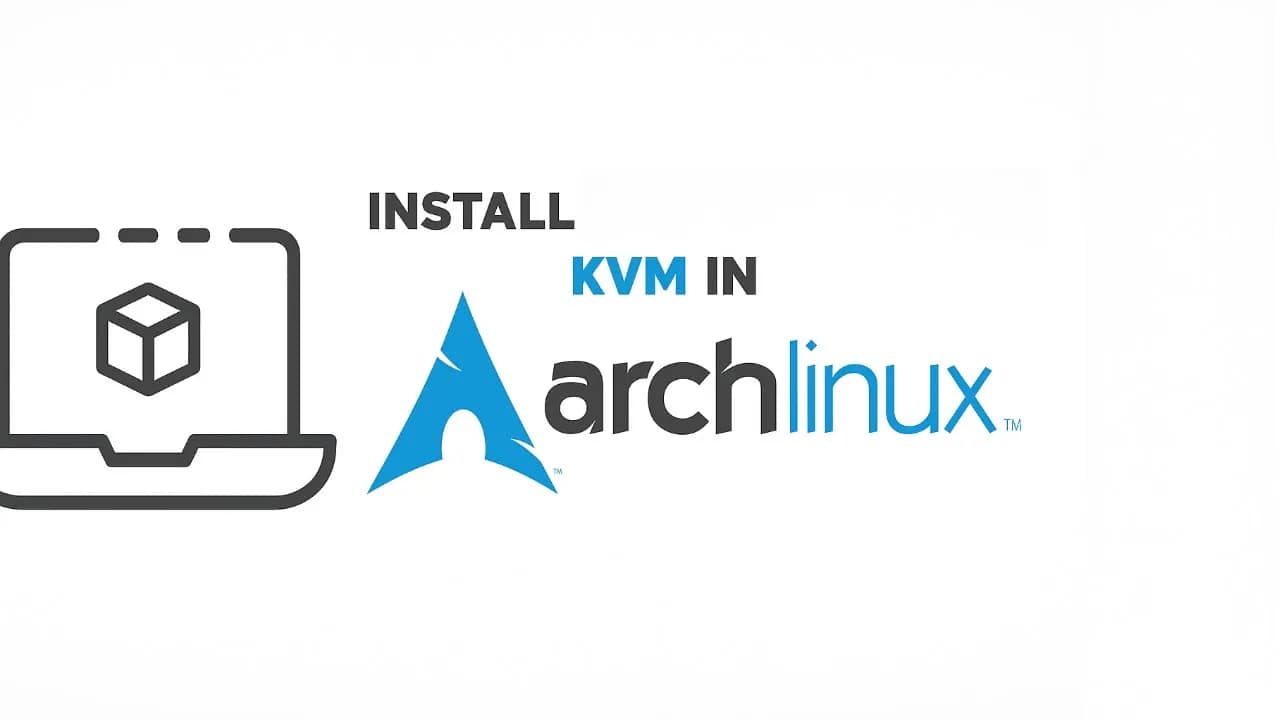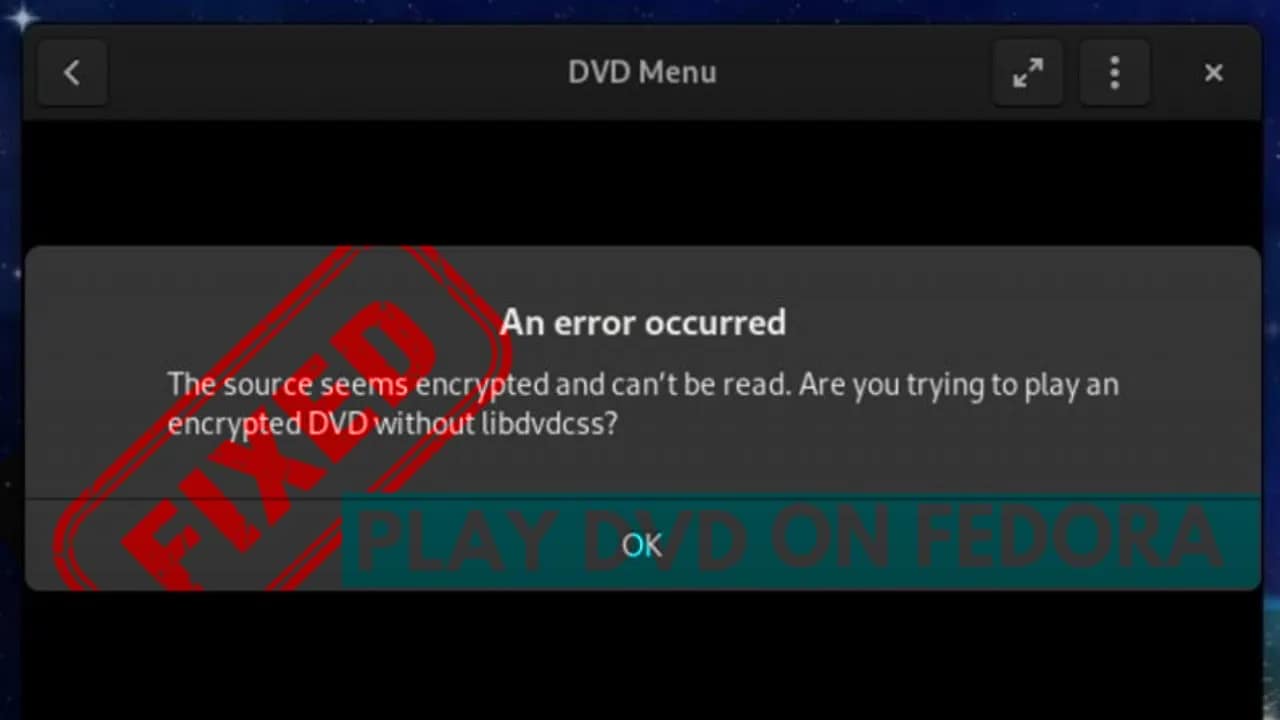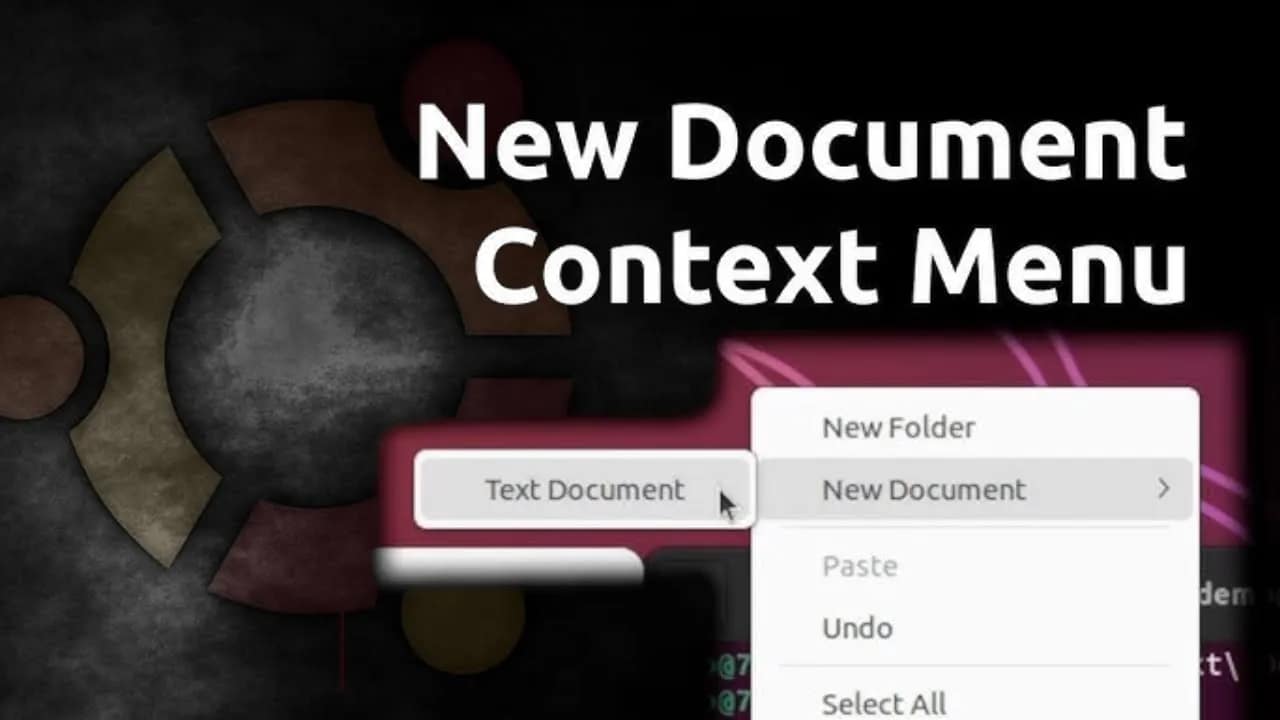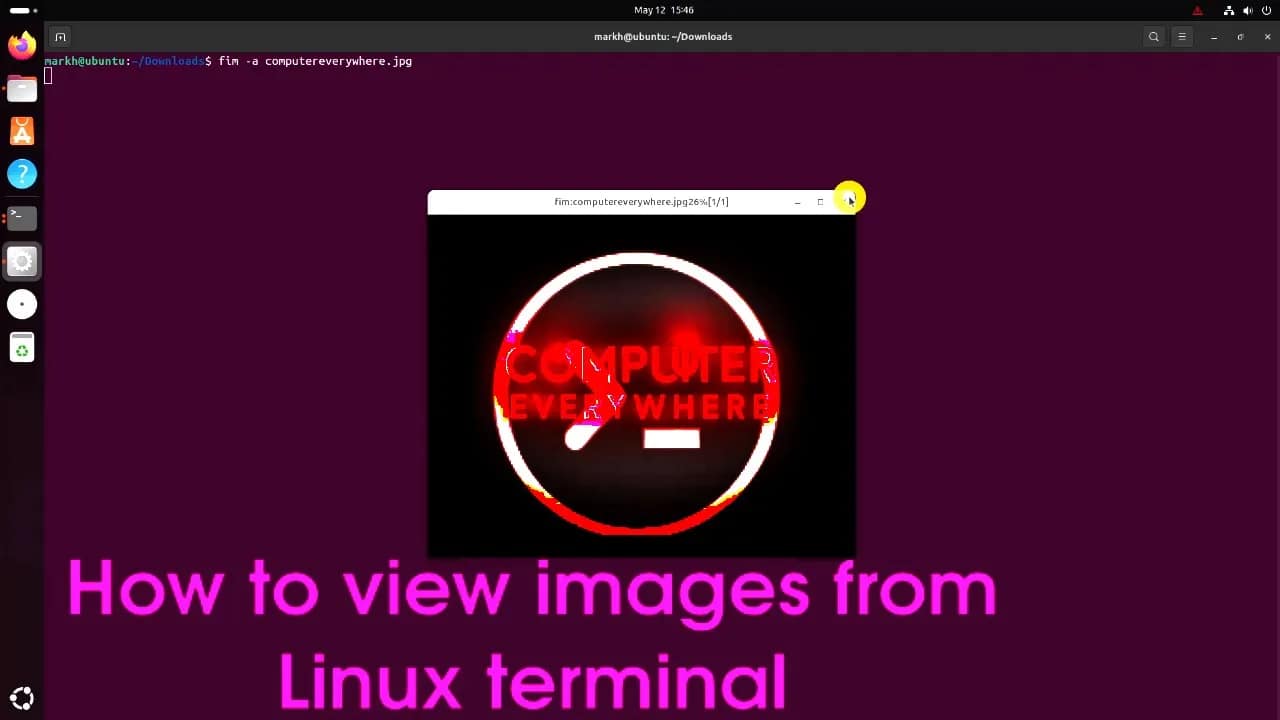Your cart is currently empty!
-
When a critical service fails on your Linux server, you don’t want to wait around to restart it manually. Whether it’s your web server, database, or custom daemon, downtime means lost productivity—or worse. Luckily, systemd makes it easy to automatically restart failed services. Here’s how to set it up, step by step. Step 1: Check…
-
If you’re managing Docker containers on Linux and want a visual interface to simplify things, Portainer Community Edition (CE) is your best friend. It’s lightweight, fast to deploy, and gives you full control over your Docker environment through a clean web interface. In this guide, you’ll learn how to install Portainer CE using Docker in…
-
If you’re on Arch Linux, EndeavourOS, or Manjaro and you’ve seen this annoying error: you’re not alone. This happens when your system tries to verify a package’s signature, but the GPG key it needs isn’t in your keyring. Here’s how to fix it, fast. 🔧 Step-by-Step Fix 1. Update Your Keyring First, try the most…
-
If you’re running Arch Linux and want full control over your virtual machines, skipping the GUI and working directly with the QEMU CLI is the way to go. This post walks you through setting up a new Kernel-based Virtual Machine (KVM) using QEMU from the command line. No fluff—just the essential steps to get a…
-
Virtualization on Arch Linux doesn’t have to be complicated. With the right tools, you can spin up a VM in minutes. Here’s how to create a new KVM guest using virt-manager, a slick GUI front end for libvirt. Why KVM + virt-manager? KVM (Kernel-based Virtual Machine) is fast, stable, and built into the Linux kernel.…
-
If you’re running Arch Linux and want to set up a KVM (Kernel-based Virtual Machine), you’re in the right place. KVM is a powerful, open-source virtualization solution built into the Linux kernel. With it, you can run multiple virtual machines (VMs) efficiently on a single host. This guide walks you through installing KVM on Arch…
-
If you’ve tried popping a DVD into your Fedora Linux system only to find nothing happens—or you get an error—you’re not alone. By default, Fedora doesn’t ship with DVD playback support out of the box due to legal and licensing restrictions. But that doesn’t mean you’re out of luck. Here’s how to get DVD playback…


